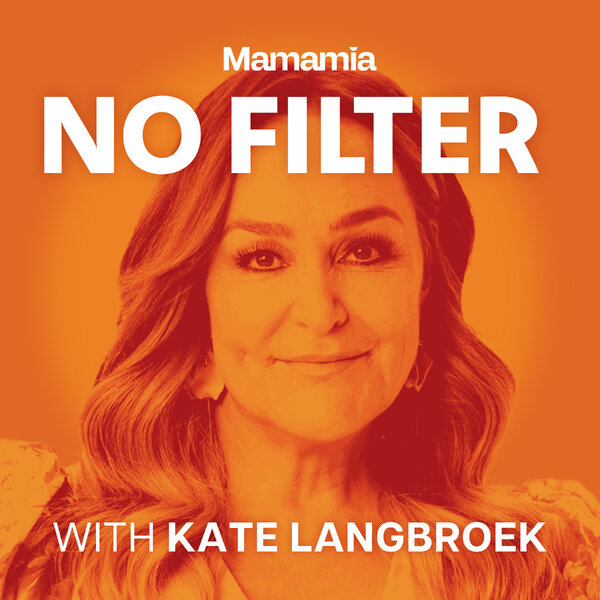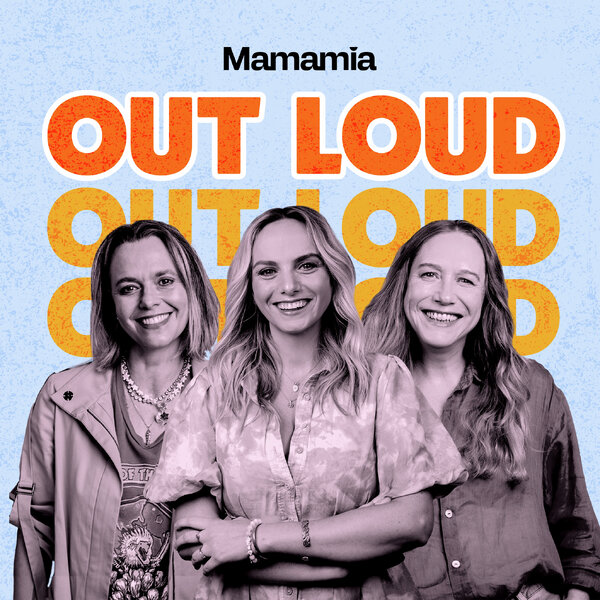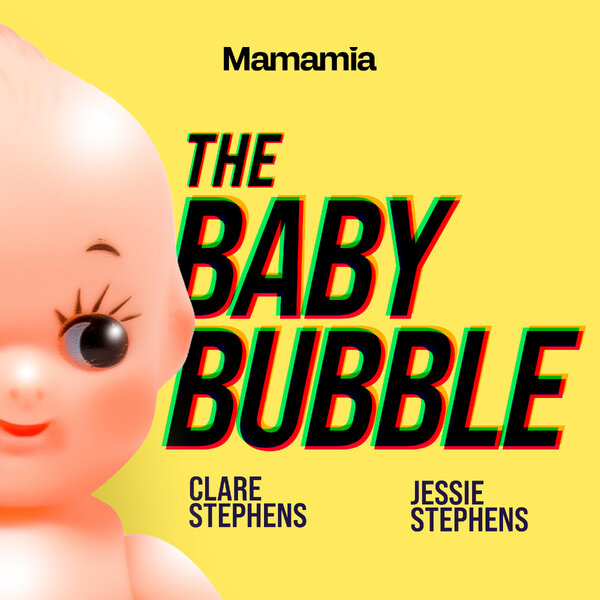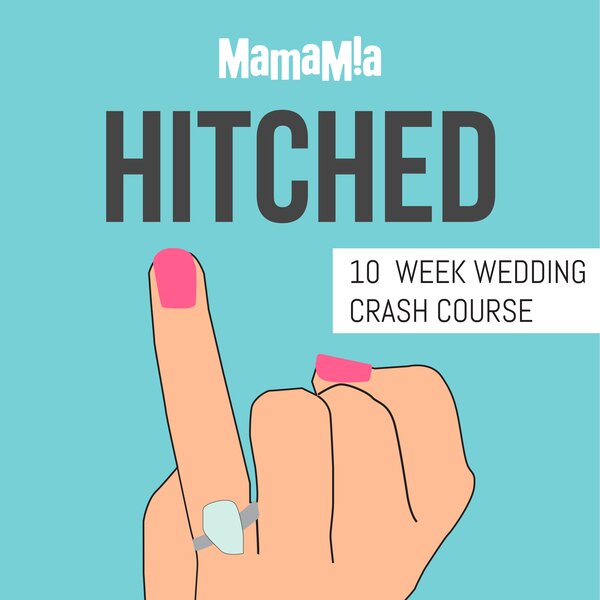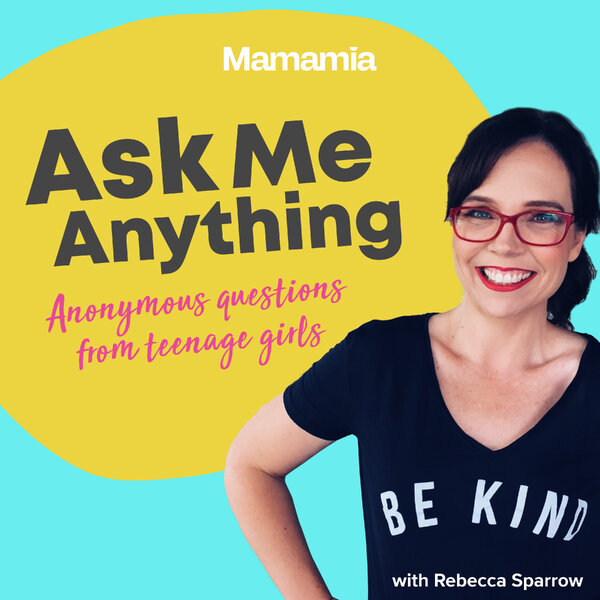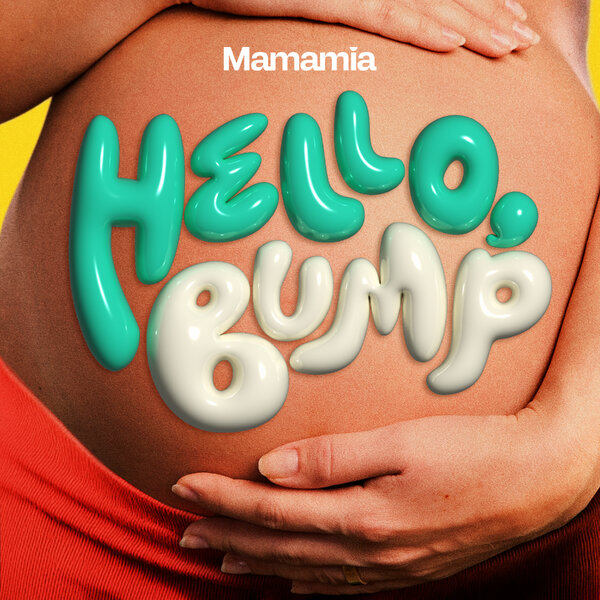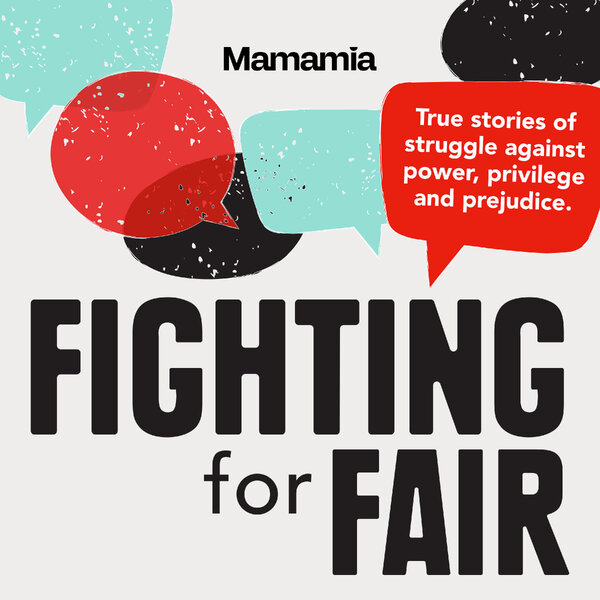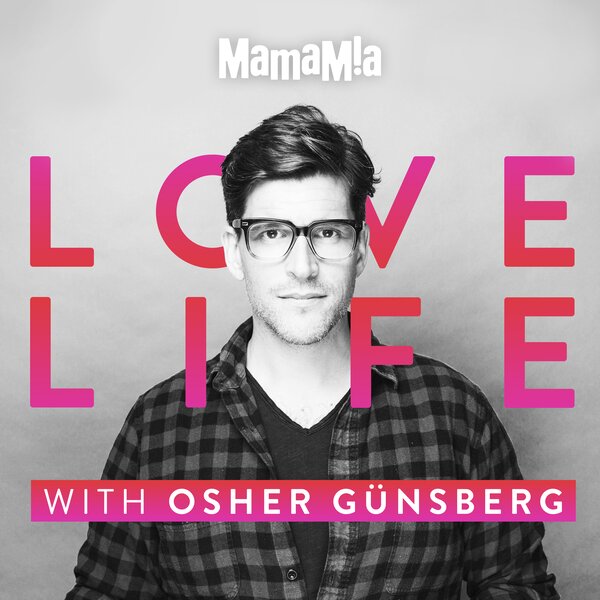
For the past few years, we've been living in the era of "quiet luxury" — where the ultimate flex has been to look effortlessly expensive without screaming about it. Think Carolyn Bessette-Kennedy's timeless minimalism, or Gwyneth Paltrow's courtroom cardigans that somehow cost more than most people's rent.
But if Jeff Bezos and Lauren Sánchez's recent Venice wedding extravaganza is anything to go by, we might be witnessing the death of understated wealth. And honestly? Good riddance.
The Bezos-Sánchez wedding was the opposite of all things quiet luxury — multiple outfit changes, a star-studded guest list, and enough designer gowns to stock a small boutique. Sánchez reportedly wore custom Dolce & Gabbana, because apparently when you're marrying one of the world's richest men, subtlety is optional.
Now, don't get me wrong — I have plenty of complaints about this particular couple. From Bezos's questionable labour practices to their general approach to wealth and power, they're hardly the poster children for how to be rich responsibly. But that's exactly the point.
Watch Lauren Sanchez's Blue Origin announcement. Article continues after video.
The whole affair was peak "new money" behaviour — the kind that would have made quiet luxury devotees clutch their understated pearls. But here's the thing: does them pretending their wealth doesn't exist make it any better?







